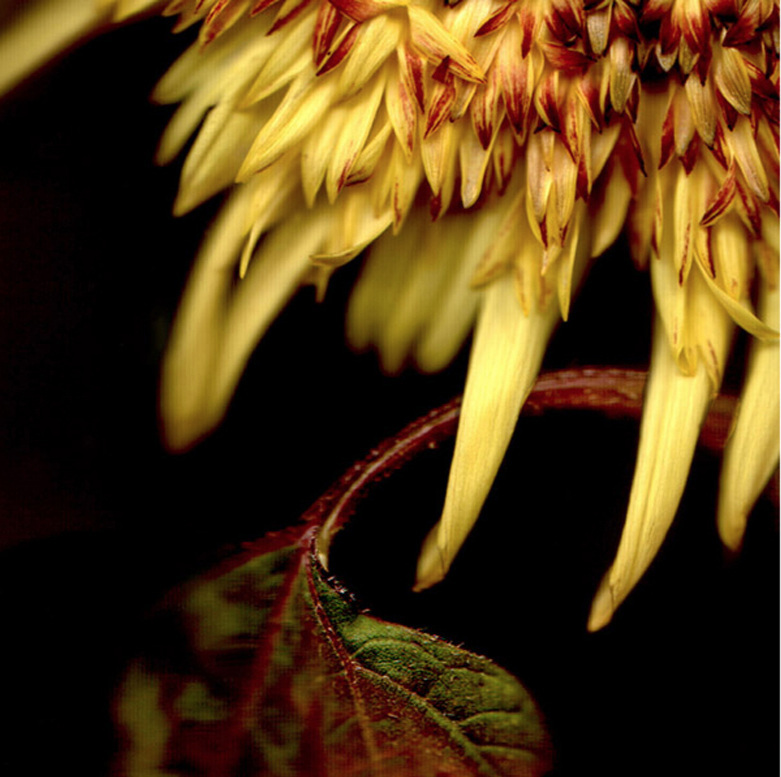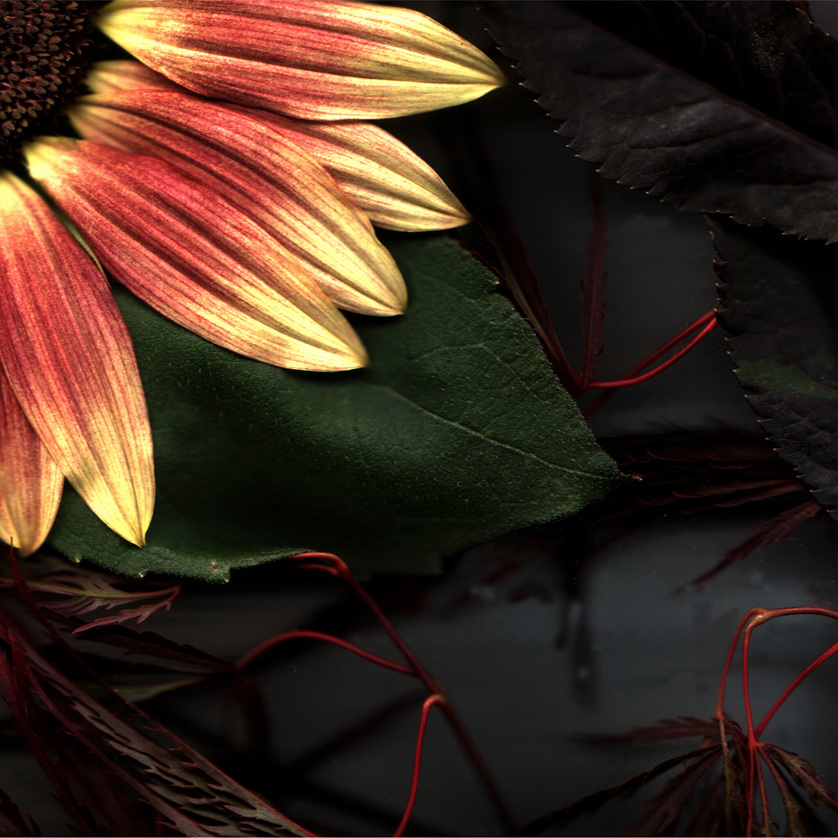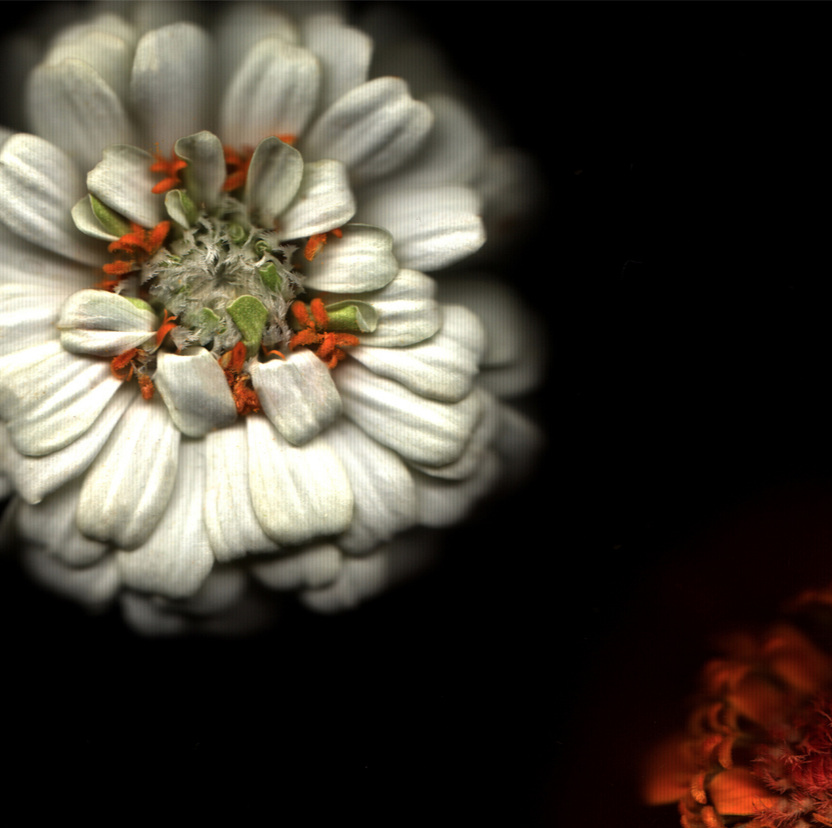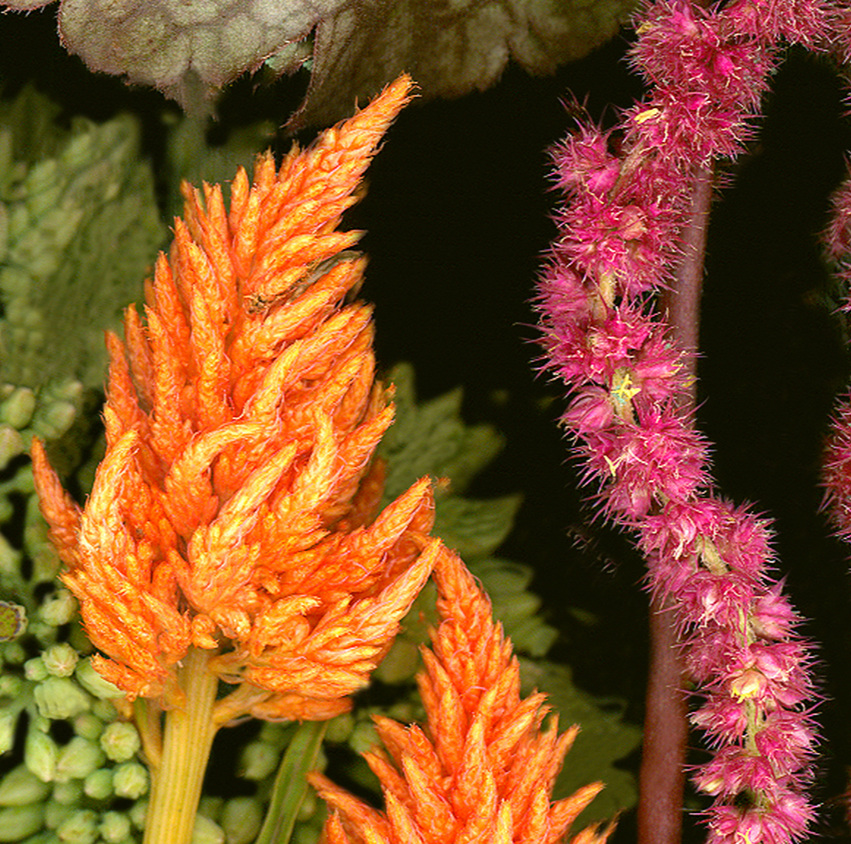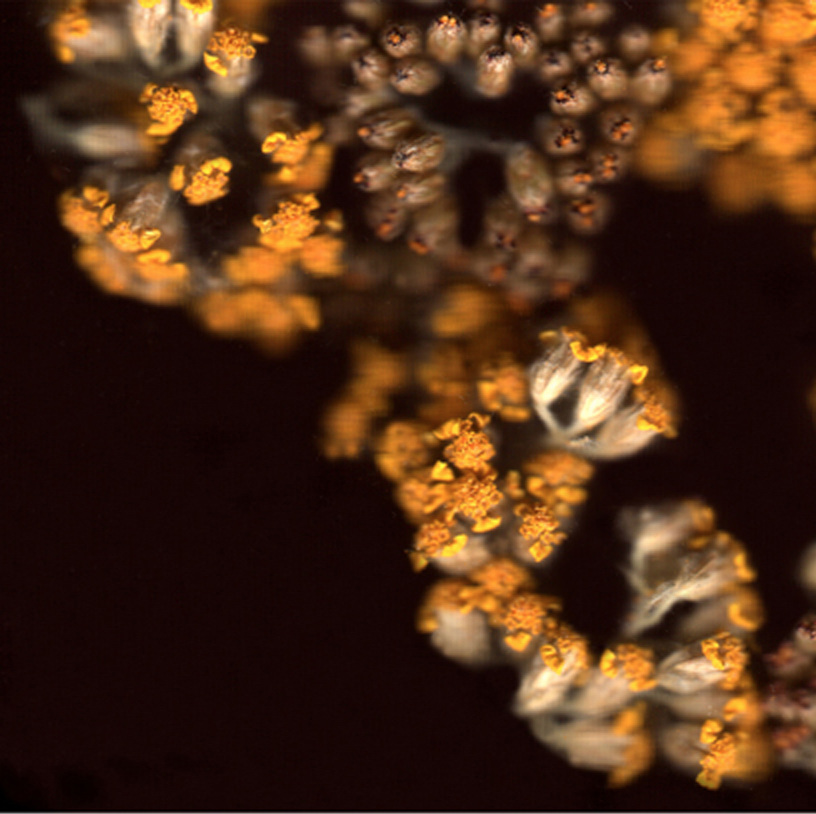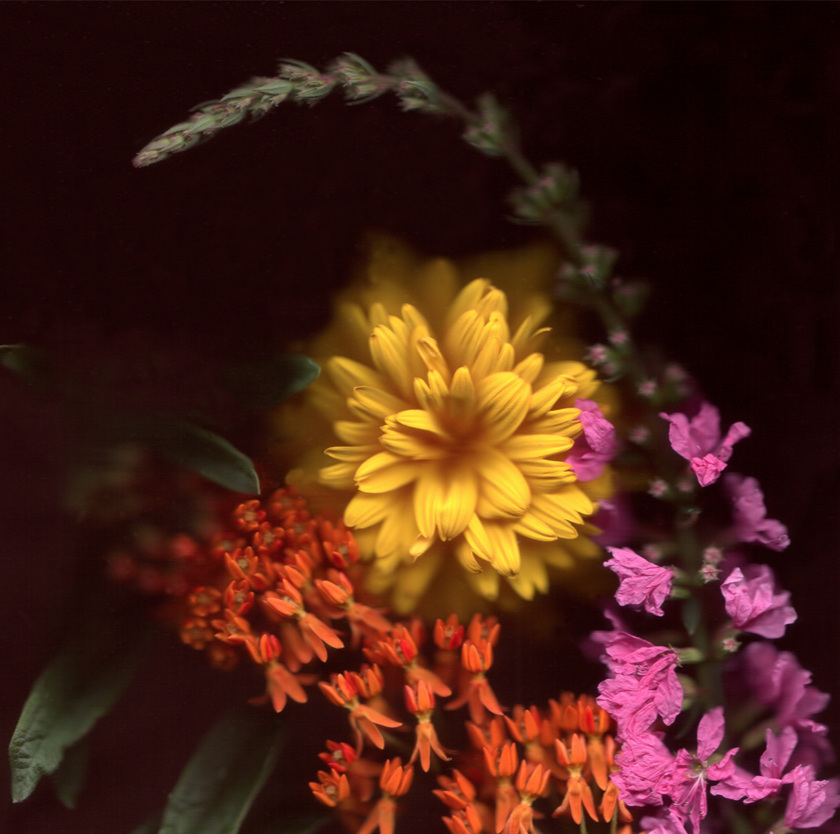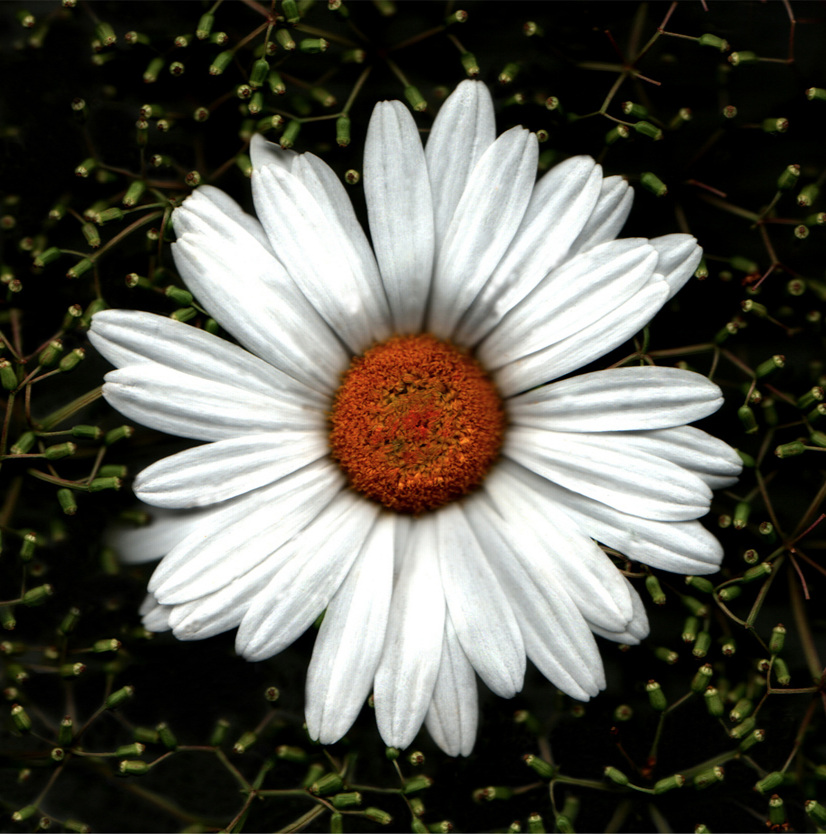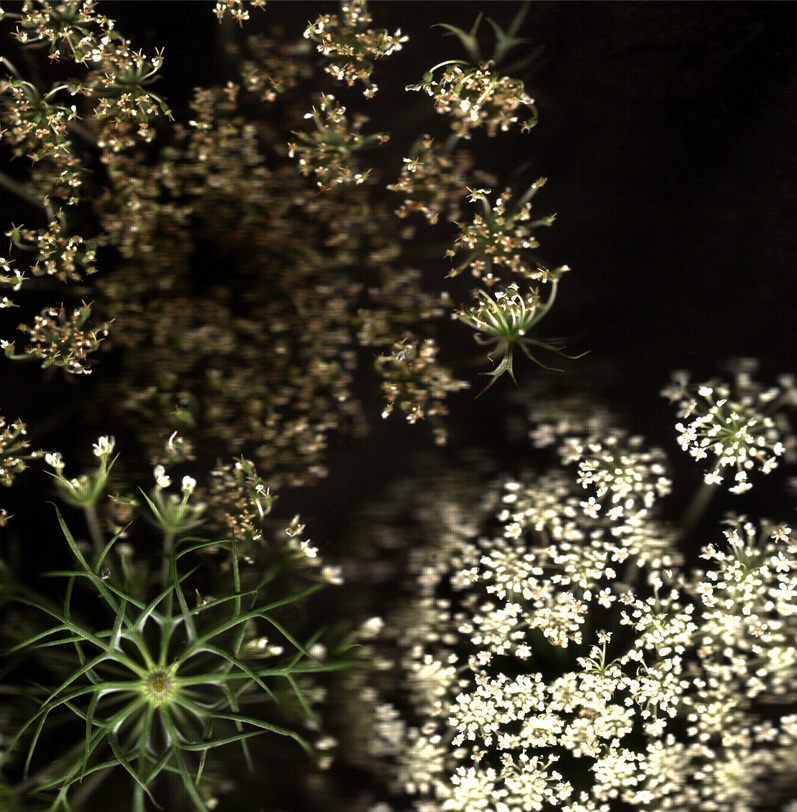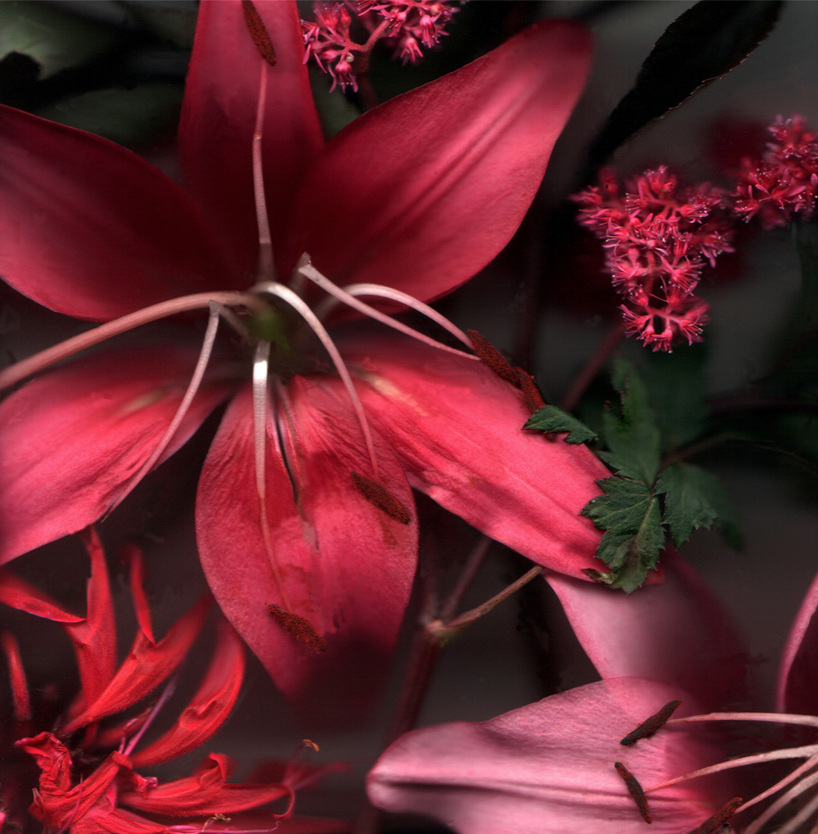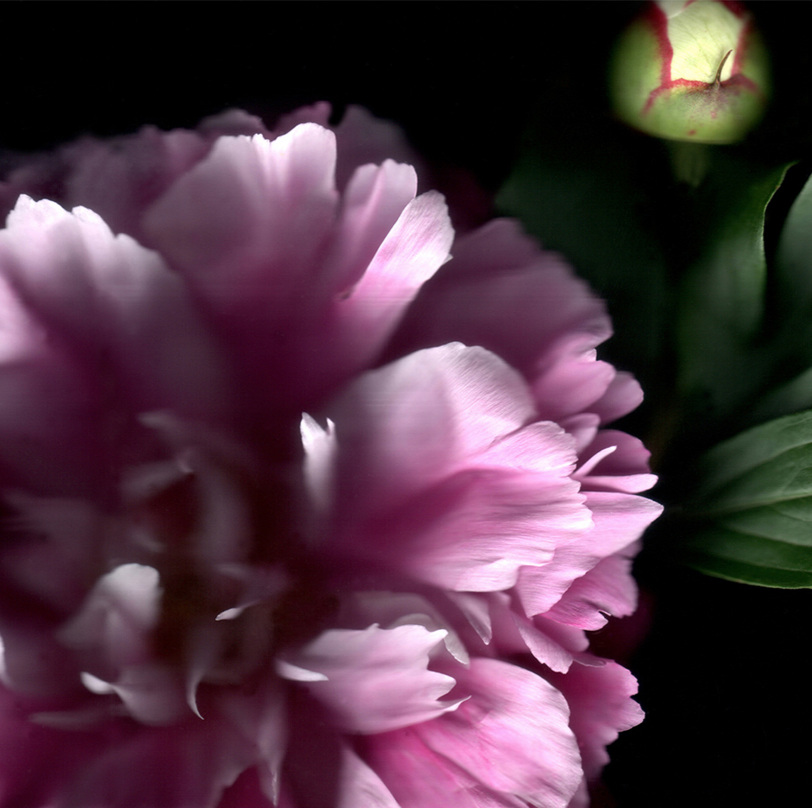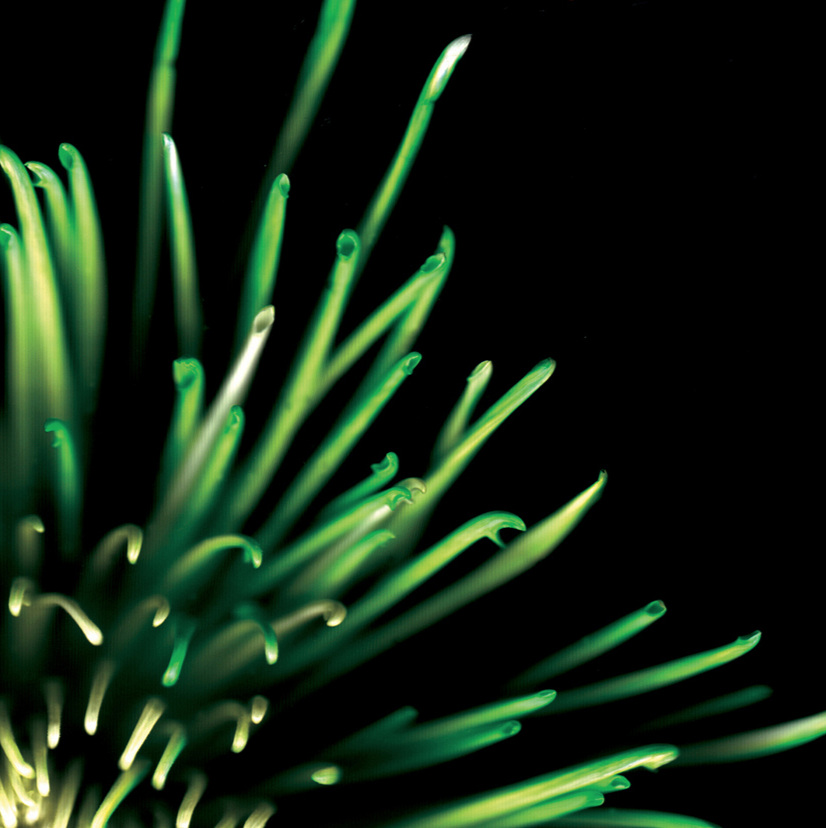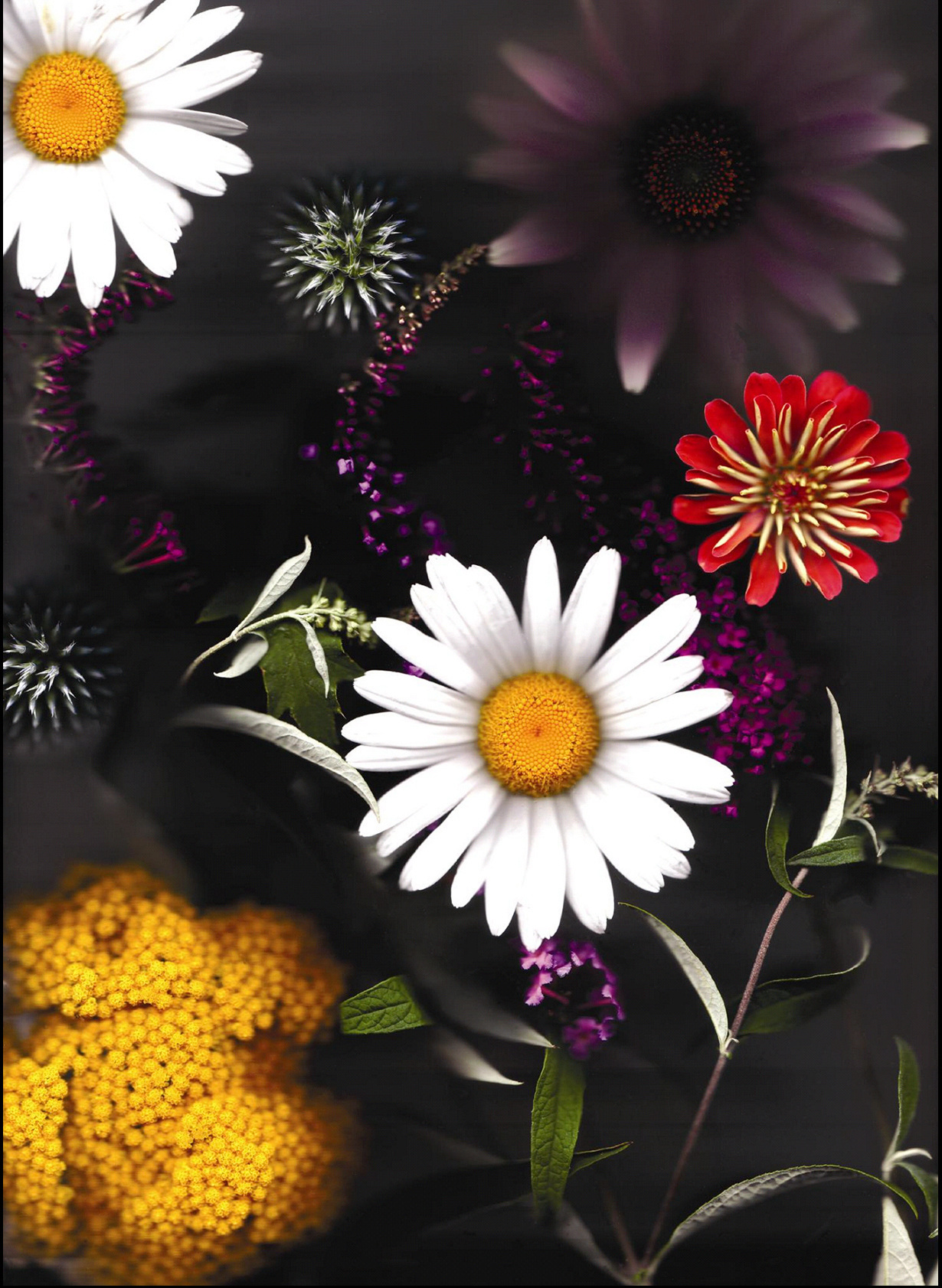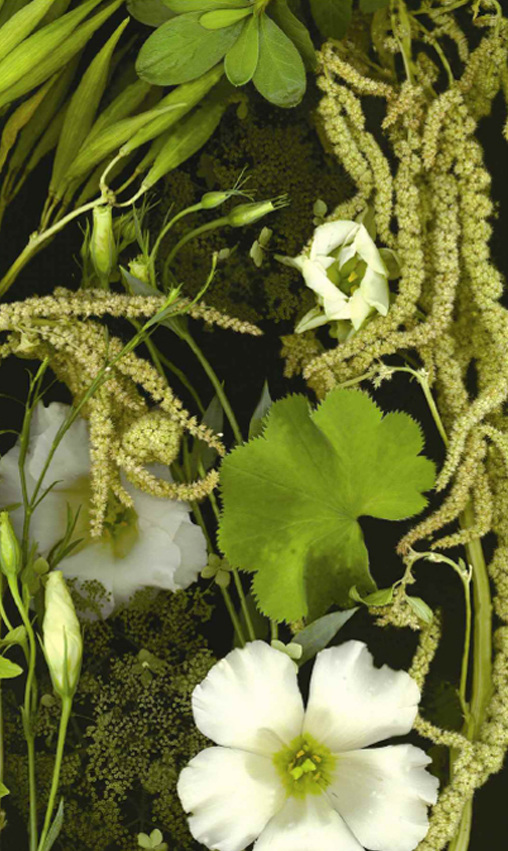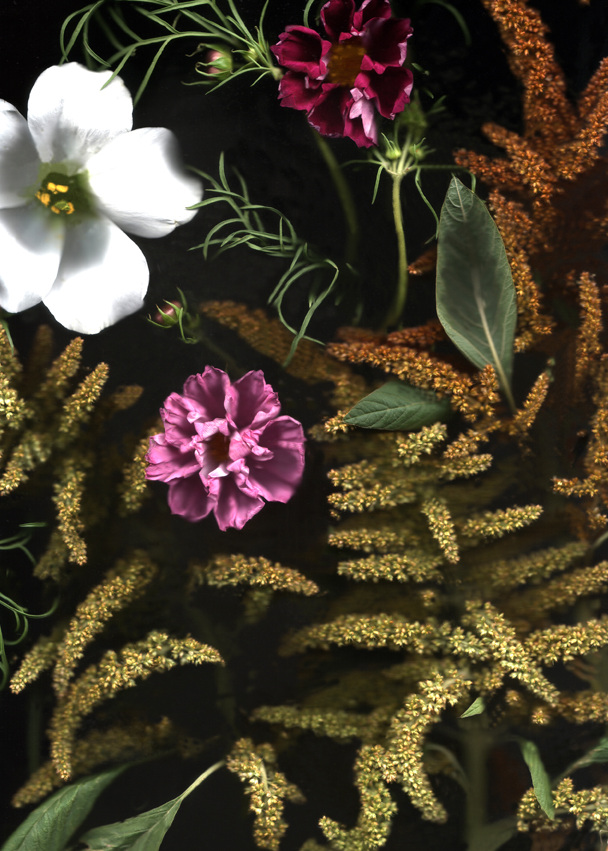JTF (just the facts)
Number of Works: 17
Process: Using a scanner as the camera, flowers are placed on the scanner bed and converted into a digital image. The file is then sized and manipulated in Photoshop
Print Size: Various sizes, ranging from 2 x 2 inches to 17 x 22 inches
Paper: Lumijet Silver Mylar paper
Edition: 5
Dates Images Created: 2002-2012
Dates Printed: 2002-2012
Housed: Variously framed and matted (depending on purpose of image)
Book: Luminous Florals, self-published in 2012 by Blurb (eighteen pages). Foreword by Katheryn A. Wat
Link to site: http://www.blurb.com/b/3406023-luminous-florals
Equipment: Canon flatbed scanner, Epson Stylus Pro printer
Program: Adobe Photoshop CS3
Comments:
As a contemporary photographer of botanicals, Deborah Pinter applies twenty-first-century innovations to the Enlightenment tradition of closely observing and recording the natural world. She creates her Scanagrams by digitally scanning flowers, using software to manipulate her imagery, and printing the photographs on lustrous polymer sheets. With their sharp forms and spare backgrounds, Pinter’s floral images resemble Victorian-era cyanotypes and early-twentieth-century photograms—cameraless photographs that were made by placing botanical specimens or other objects directly onto light-sensitive paper that was then exposed to light.
Pinter draws thematic inspiration from seventeenth-century European still-life paintings. The abundance of flowers depicted in the paintings signified the fecundity and richness of the natural world. The historical compositions also alluded to the inevitability of death among all living beings, including humans. Pinter’s aggressively cropped, close-up views of flowers convey a similar moral but use a truncated visual language. In her Composition series, she grouped together flowers with a limited tonal range, such as white, green, and yellow. Overlapping or entangled, the stems and petals of the flowers (some of which are just beyond their peak bloom) suggest both the uncontrollability of the natural world and the force of decay.
Pinter’s more recent Flower series depicts single specimens in tight focus against dark backgrounds. Blossoms seem to materialize just beneath the surface of each image, where they are raked by intense light. The Flower series explores the strange abstract beauty of plants. Bold patterns emerge as stems and stamen crisscross like spokes in a wheel, and uniform ridges run the length of petals that, in turn, grow in concentric circles. Pinter’s close-ups of flowers curving, splitting, folding, and twisting induce a feeling of pleasurable disorientation. Her art evinces the push-pull between opposing elements that define both the floral and human realms: energy and dissipation; clarity and mystery; and presence and absence.
Kathryn A. Wat
Curator of Modern and Contemporary Art
National Museum of Women in the Arts
Washington, D.C.
©2020 Deborah Pinter. All rights reserved.
